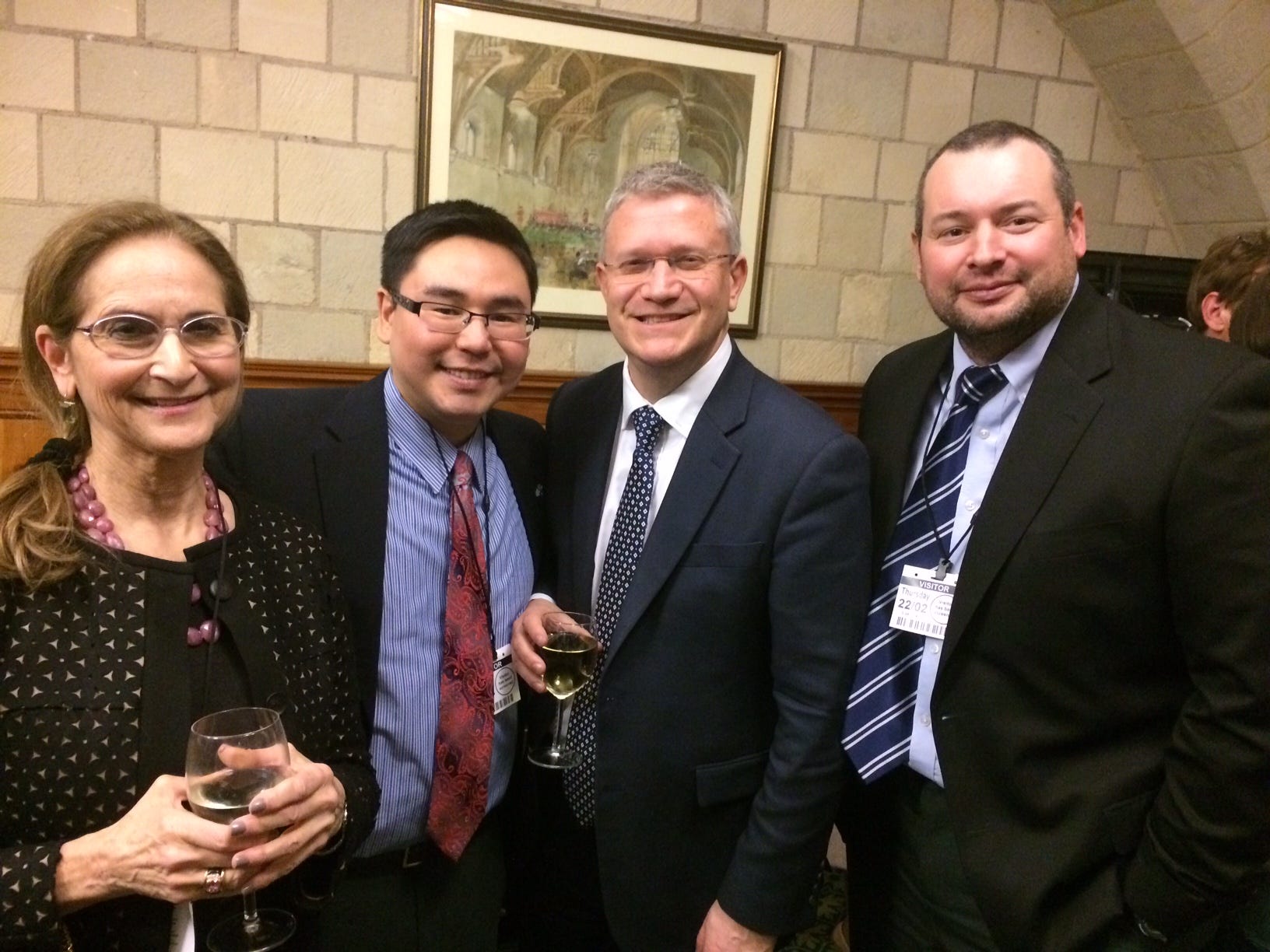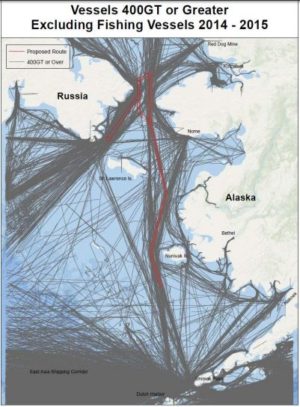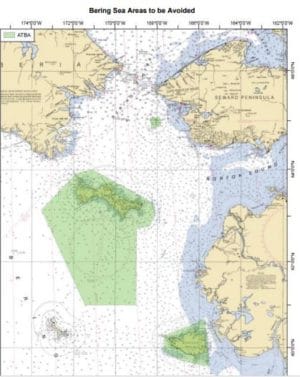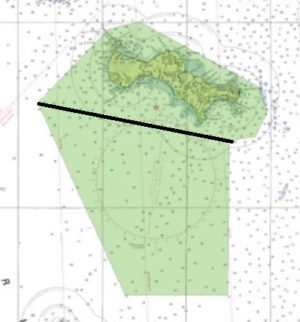- Blog
- Oceans
- Shipping
- International Maritime Organization (IMO) advances key navigation protections for the Bering Sea and Arctic Ocean
International Maritime Organization (IMO) advances key navigation protections for the Bering Sea and Arctic Ocean
by Verner Wilson III, senior oceans campaigner
Donate Now!
Your contribution will benefit Friends of the Earth.
Stay Informed
Thanks for your interest in Friends of the Earth. You can find information about us and get in touch the following ways:
It was an honor to represent Friends of the Earth at the recent International Maritime Organization’s Navigation, Communications, Search and Rescue (NCSR) subcommittee meeting last month. I was excited to head to London for the meeting, because the subcommittee was set to discuss new ship routing proposals near Saint Lawrence Island between Russia and Alaska, where my mother is from and Siberian Yupik relatives still live. After nearly a decade of studying and receiving public comments, the U.S. Coast Guard released their Bering Strait Port Access Route Study (PARS) that proposed a two-way shipping route and three Areas to Be Avoided (ATBA) in the Bering Sea and Strait for ships passing to and from the Arctic. One ATBA was for St. Lawrence Island, and I passionately wanted to let the international community know about the need to establish a no-go zone there for the safety of mariners as well as my people, who have depended on the region’s rich marine life for millennia. FOE and our partners also submitted a paper to increase marine mammal avoidance by ships as part of the newly implemented Polar Code, which guides the international shipping community on environmental and safety measures in the Arctic.

The subcommittee approved the two-way shipping route proposed by both the U.S. and Russia delegations — a milestone for the two countries ensnared in geopolitical conflicts. The Nunivak, King Island and St. Lawrence ATBA’s were also approved. I was a little disappointed that the size of the Saint Lawrence Island ATBA was reduced — failing to include a large swath of marine area south of the island that is home to an important polynya (a biologically unique and productive ice-free area that supports a broad swath of marine life). Nevertheless, I was ecstatic that the entirety of Saint Lawrence Island is within the boundaries of an ATBA. Important sensitive coast habitat and subsistence use areas will be protected as a result. Since the NCSR subcommittee approved these measures, they will now go to the Maritime Safety Committee (MSC) in May for final adoption, which appears very likely.
I also participated in two side events. One was about the marine mammal avoidance paper where my friends from Kawerak, WWF and National Research Council of Canada shared work being done to help mariners avoid marine mammals in the Arctic. Their presentation piqued the interest of different country delegations, who asked how their work could be incorporated into vessel data in the future, especially given the challenge of connecting to the internet on the high seas. I also was a panelist on “Sustainable Development Goals in the Arctic” in the Palace of Westminster that hosts the UK Parliament. Member of Parliament Andrew Rosindell invited me, along with Okalik Eegeesiak, Chair of the Inuit Circumpolar Council (ICC), and Alice Rogoff, who created the publication Arctic Today that features Arctic issues.



Overall, my experience in London was incredible. I witnessed how country delegations debate proposals within workgroups. As someone with family and ancestral roots in the Arctic region who tries to inform their communities on such proposals, I was glad to be able to testify as a representative from Friends of the Earth. Securing the Bering Sea ATBA was a challenge during the workgroup, but being able to let the delegations from the Netherlands, France, Britain and other countries know why protections are needed was a fulfilling experience.
